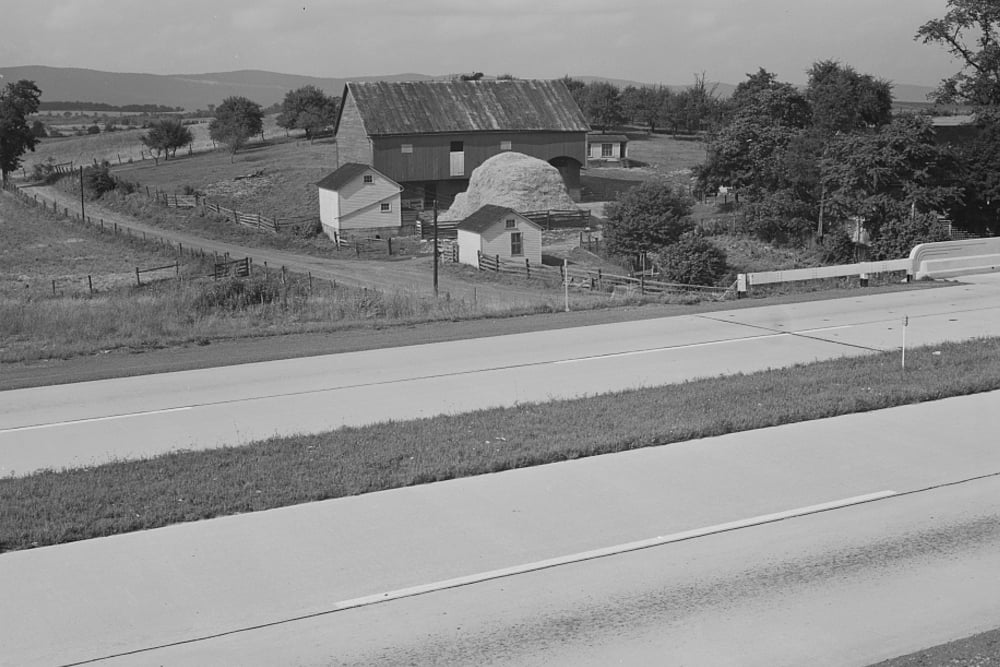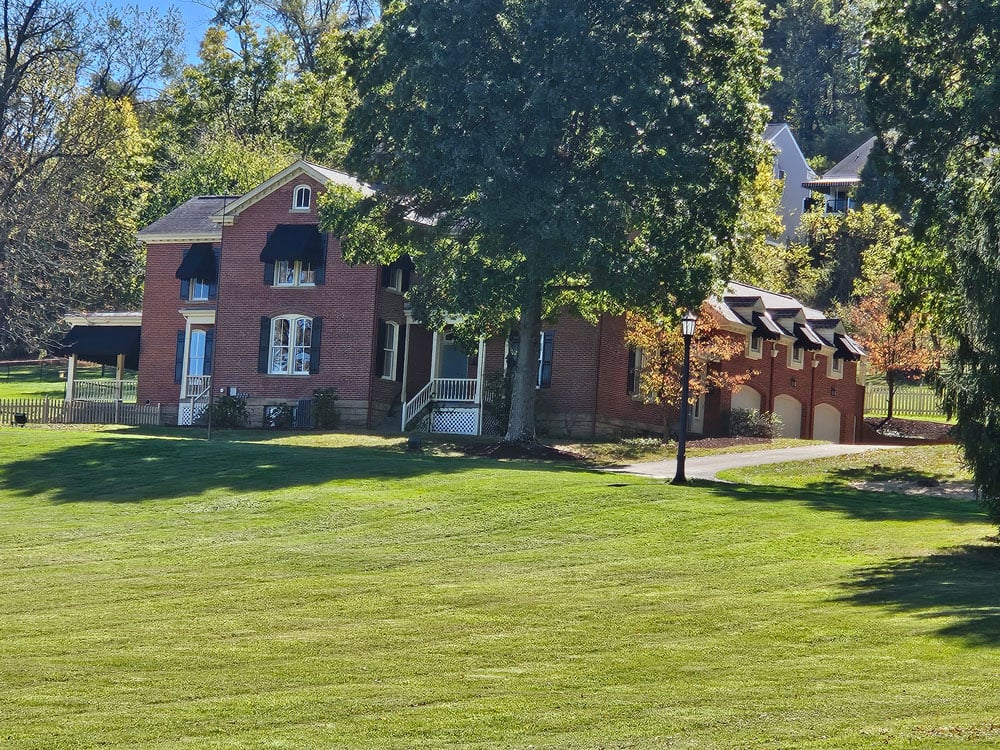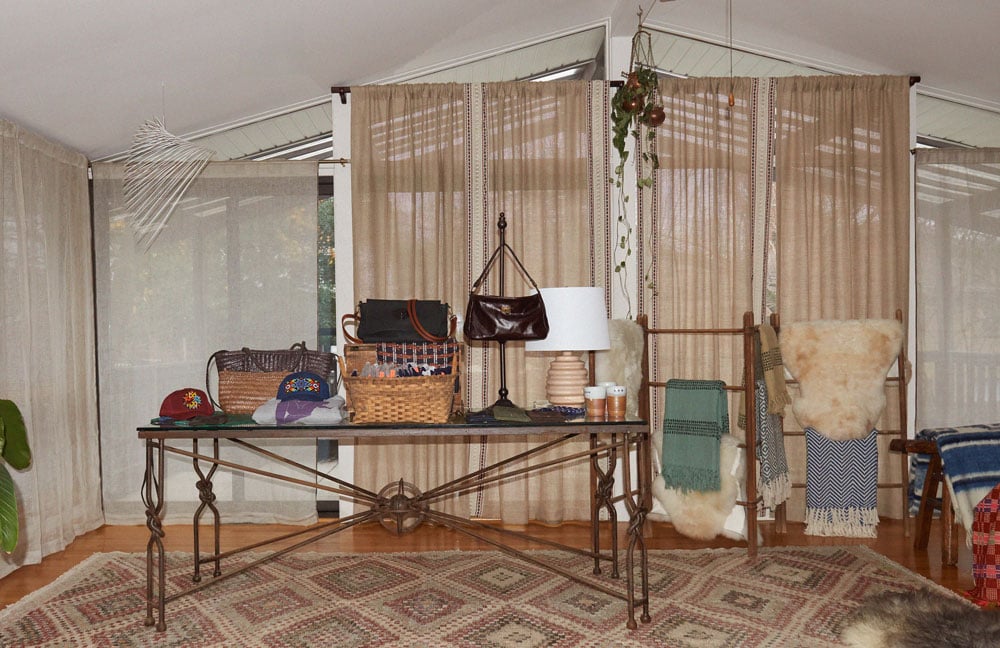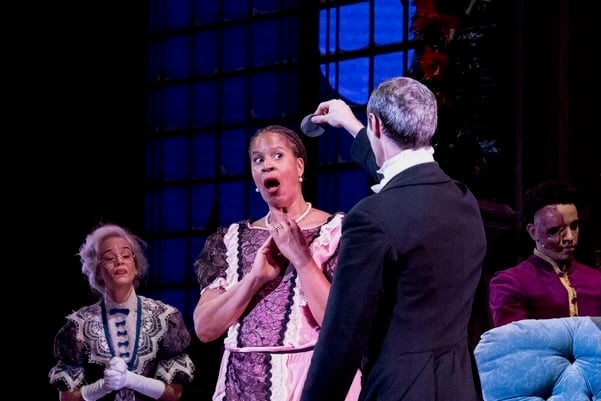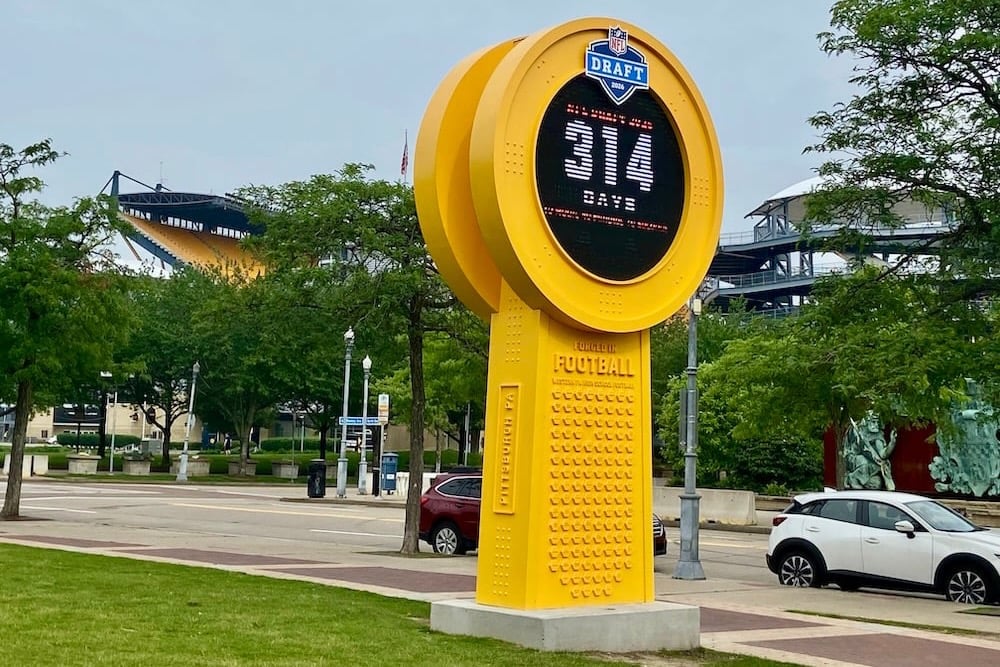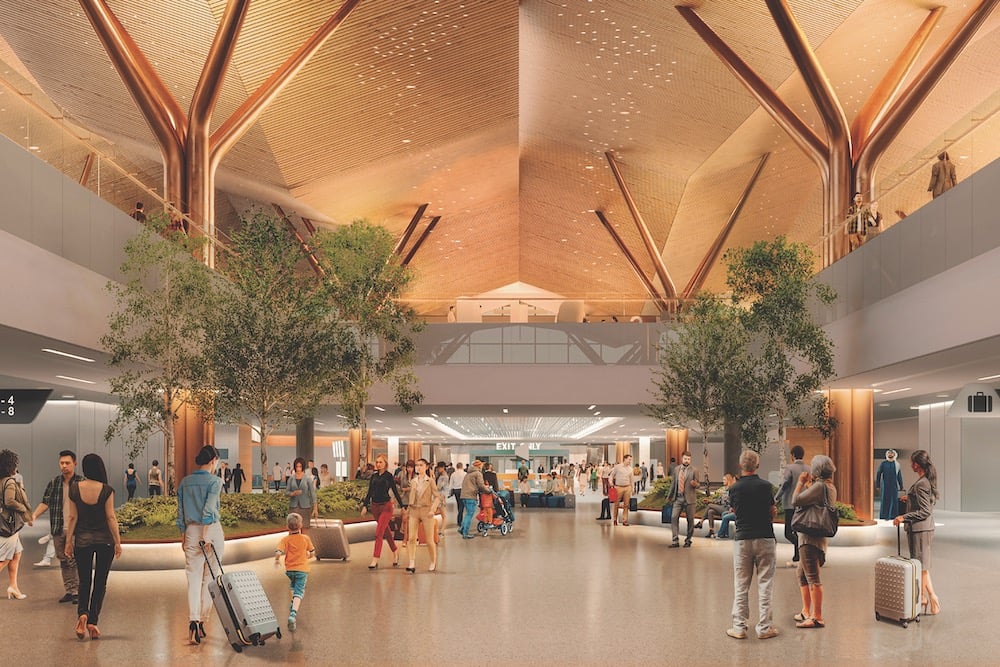Collier’s Weekly: Why You Should Visit the Private Side of Clayton — and Why It Looks Different Up There
New tours offer a glimpse not only at Pittsburgh’s Gilded Age past but also at the realities of running a cultural institution.

THE CHAUFFEUR’S ROOM ON THE FOURTH FLOOR OF CLAYTON | PHOTO BY SETH CULP-RESSLER / THE FRICK PITTSBURGH
The top floors of Clayton, the former home of the Frick family, have never been seen by the public until right now.
They’ve been off limits throughout the past 35 years, the period of time in which the home has operated as a museum and historic landmark; since it was opened to the public in 1990, no regular tours of the house ventured higher than the second floor. But these parts of the home wouldn’t have been open to the public at any other point in the house’s history, either; guests would not have been welcome in what were private spaces and staff quarters in the Fricks’ time — and certainly not after the Frick family relocated to New York.
If you visit these floors, which are being opened as part of special tours until the end of 2025, you won’t just be taking part in a new offering from the cultural institution. You’ll be among the first civilians permitted into these rooms — ever.
You will not, however, observe the type of carefully presented rooms found on the first two floors of Clayton. As you pass the rope that ordinarily prevents visitors from ascending the stairs (and it’s something of a thrill just to see that barrier lying on the ground), you’ll pass into a much different space. Here, the full story of the building is told in mostly unadorned fashion: the distant history of a grand building, the many changes and alterations that followed and even the realities of running a museum.
“It is not a mausoleum,” says Dalena Collins, learning and interpretive coordinator for the Frick Pittsburgh. “It is not a crypt that has been frozen in time. We’re living and evolving.”
In one room, you might find an array of antique items that haven’t yet been fully catalogued; these artifacts will instead be labeled and spread out for further analysis. In another, you’ll find piles of Christmas decorations for the contemporary Frick — resting near the bells and buzzers that would’ve summoned live-in servants to the family’s side, 24 hours a day. In some places, the wallpaper is peeling; in others, incongruous 20th-century carpeting, installed a half-century ago, clashes with historic fixtures.
Throughout it all, it’s clear that these spaces have a new life: serving the behind-the-scenes needs of presenting the first two floors in a polished, careful way. “We’re genuinely trying to show people what museum work is like,” Collins says.
There’s something appropriate in that, actually. More than a century ago, this is where workers would’ve slept and spent their few hours away from the grandeur downstairs; while some bedrooms on these floors belonged to Frick children, more were frequently used to provide conditional, occasional moments of privacy for the people who worked to preserve both the family and the house itself.
Now, the people who work here still do just that — though they can go home at the end of the day.
Collins is quick to point out that, demanding though the job was, the Frick family’s workers were often much better off than the average domestic help of that time; one woman, Mary Coyne, remained on the job five times longer than the average employee and continued to receive support from the Fricks until her death. In exchange, though, she had no life to speak of outside the home. It’s a complicated legacy, rendered stark in details in these hidden rooms.
Not every resident of this part of Clayton was an employee; it was also home, and occasionally school, to some of the family’s children. A school room was dubbed “Sunnyside Academy” by Helen Frick, the last family member to live in the home. Elsewhere, you’ll visit the room once inhabited by first-born son Childs — only you’ll notice the tiles have been taken from his bathroom.
Long-ago decor thieves? Nope. Sometime in the mid-20th century, the original kitchen tile downstairs had been replaced with gaudy wallpaper; the tiles in Childs’ room were employed as a period appropriate, if technically out-of-place, substitute. It’s the kind of illuminating detail that peels back the curtain on the reality of presenting a historic home such as Clayton.
Only a handful of tickets for this exclusive journey are available, and the cost is tax deductible; this is a fundraiser for the Frick rather than a permanent addition to the core experience of touring Clayton. That makes visiting all the more vital; while there certainly could be more events in this part of the building, further trips behind that velvet rope aren’t guaranteed.



